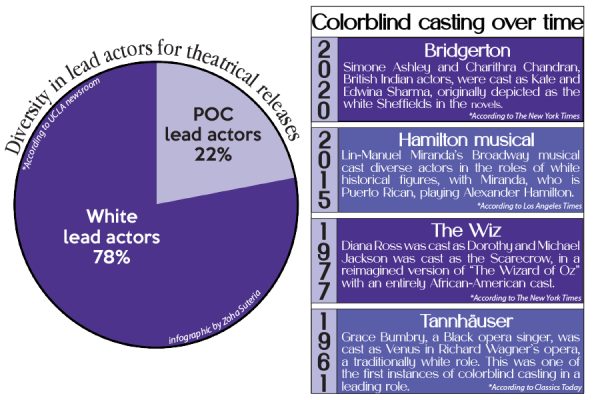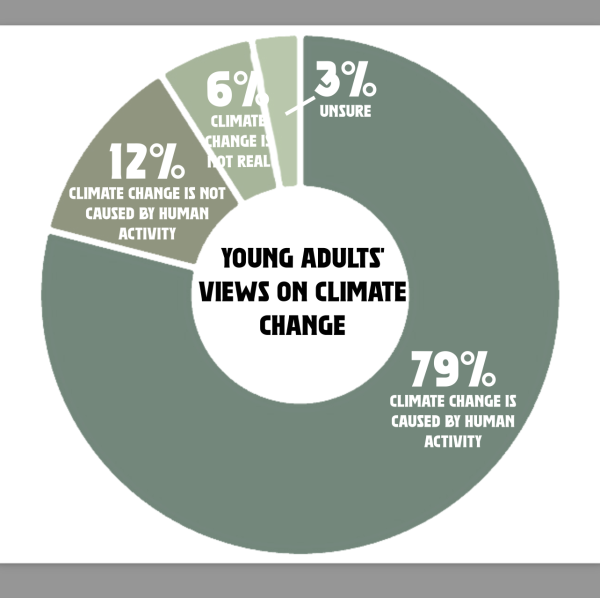Media perception of body dysmorphia proves distorted
December 20, 2019
When she was 7, her mom’s friends said she was a bit more “on the heavier side,” but the extra layer of fat looked good, maybe even natural, on her big-boned body. When she reached 10, the fat that seemingly melted away from everyone else’s body stuck like glue onto hers, piling up with each fry or occasional sip of a McDonald’s Oreo milkshake.
Soon, she began filing through diet after diet, hoping to never go back to the large size she had been before. But what if her new body isn’t everything she could ask for; what if it’s something she cannot help but stare at in disgust whenever she glimpses at herself in a photo; what if the body she sees in the mirror is three times her true size? It’s this unrealistic expectation to suddenly fit comfortably in her own skin after wishing to tear it off for so many years.
As a 16-year-old, the topic of body dysmorphia has made its appearance throughout my life many times, affecting both close friends and family members. I read a piece in my English class, titled “Celebrity Bodies” by Daniel Harris, that highlights the common misconceptions of body dysmorphia, and from then on, I’ve been determined to write a piece reflecting my thought process on this topic. In the end, my goal as a columnist is to write a message to you, the readers, that will help you reevaluate what you may or may not know when it comes to body image, because what is portrayed in the media doesn’t always tell the full story.
Body dysmorphia is a real issue, but many seem to overlook where it stems from. In fact, it’s believed we all achieve the “perfect body” simply to attract the attention of potential partners. There’s nothing more than just a desire to fulfill the needs of another being through an attractive and praise-worthy appearance, right?
Not quite. It’s beliefs such as these that distract from the problem at hand: body dysmorphia is more than just an attempt to increase sex appeal; rather, it stems from an inner desire to fulfill one’s own ideal version of themselves.
We’re often quick to point fingers at celebrities and social media for instilling this desire to maintain a beautifully-sculpted body, but what is so troubling is to see this be the only reaction we can muster to the pressing matter of body dysmorphia. Nothing else is ever really done. Rather than casting blame on others, we should invest our time into something more valuable, such as implementing the topic of self image in educational courses at school.
As a sophomore last year, I recall a unit in health class dedicated to self image and various mental illnesses associated with it. This was encouraging to see, especially because the material being taught was both factual and valuable for all individuals alike. What troubled me the most, though, was the response facilitated by some of the students, where joking about anorexia seemed to be their greatest source of entertainment.
This is not meant to disregard the progress made thus far with educating others on the topic of mental illness, but it is crucial that we tackle the root of the problem.
Society favors unrealistic body types, whether they be nothing but pure bone and skin or the Kim Kardashian hourglass figure. Any other body shape is deemed unattractive or out-of-the-ordinary, further tearing apart the already-fragile teenager self-esteem.
To change societal standards is to take on the task of moving mountains in one lifetime, but it’s the reevaluating of such standards and spreading knowledge on the topic of body dysmorphia that may make even the slightest difference.
The girl from the introduction has a story that matches that of millions of individuals around the world, regardless of gender, race, sexual orientation, or social status. It’s people like her that blend into society so well but hurt so deeply within, but her story proves the fundamentals of reassessing societal standards. After all, it is even the slightest changes that may have the greatest impacts in the end.














